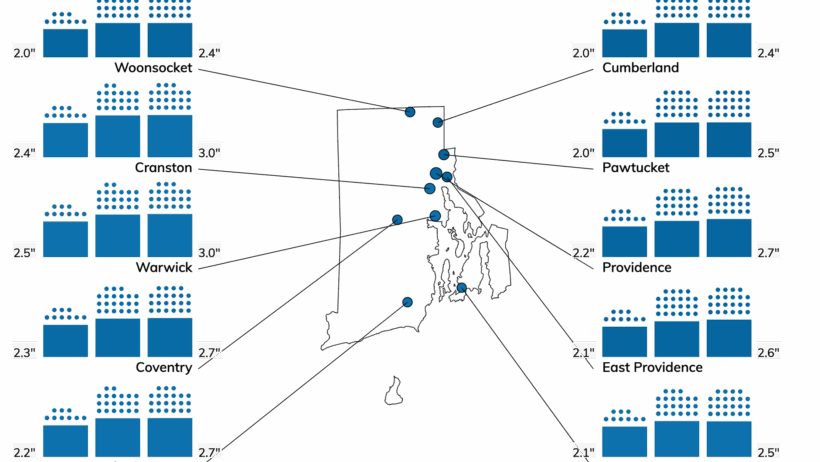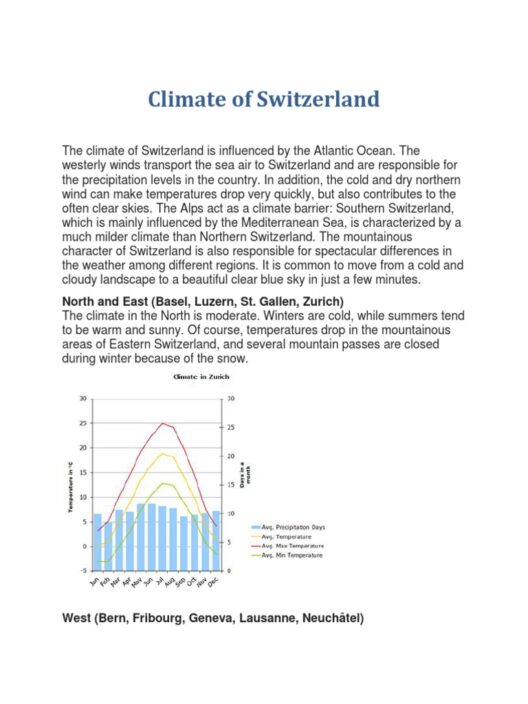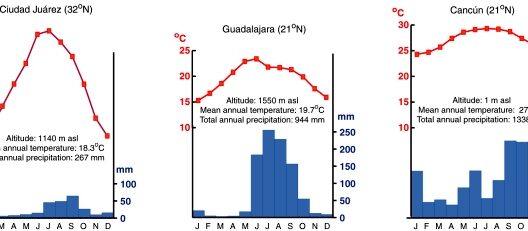Rhode Island, a vibrant gem in the northeastern United States, is characterized by its unique climate shaped by its coastal geography and diverse ecosystems. This state, known for its stunning shorelines, charming small towns, and rich maritime heritage, experiences a temperate maritime climate. The result is a mosaic of weather patterns influenced by the Atlantic Ocean, providing both beauty and challenges throughout the year.
The climate in Rhode Island can primarily be classified as humid continental, transitioning toward a humid subtropical climate in some coastal areas. This classification underscores the seasonal variations that define life in the Ocean State. Throughout the year, residents and visitors alike can expect distinct weather patterns that contribute to both the environmental health of the region and its cultural activities.
Winter in Rhode Island can be quite frigid, with average temperatures hovering around 30 degrees Fahrenheit (-1 degree Celsius). This season is marked by snowfall, particularly in January and February, when snow cover is prevalent. Coastal communities often contend with Nor’easters—powerful storms that can bring heavy snow, strong winds, and coastal flooding. This severe weather not only affects daily life but also poses significant risks related to climate change, as increasing sea temperatures can intensify such storms.
Spring arrives gradually, often showcasing a delicate balance between lingering chill and the burgeoning warmth of summer. March heralds the return of color as flora begins to bloom, with April and May bringing consistent temperatures that encourage outdoor activities. The average temperature during this time ranges from the mid-40s to mid-60s Fahrenheit (approximately 7 to 18 degrees Celsius). As the spring thaw progresses, streams and rivers swell with melting snow, providing critical habitats for various aquatic species while revitalizing ecosystems.
As Rhode Island transitions into summer, the climate shifts dramatically. Coastal breezes moderate the heat, making it one of the most temperate seasons. Average high temperatures can reach into the 80s Fahrenheit (approximately 27-34 degrees Celsius) but are often tempered by oceanic winds that provide a refreshing respite. Summer offers a plethora of activities, encouraging beachgoers, boating enthusiasts, and tourists to explore the state’s picturesque coastlines. However, this season also introduces challenges such as increased humidity and the risks associated with tropical storms, which have become more frequent in recent years, a clear sign of a changing climate.
In the fall, Rhode Island’s climate takes on a stunning transformation. September and October present a spectacular display of autumn foliage, drawing crowds eager to witness the radiant colors of changing leaves. Average temperatures range from the mid-60s to low 70s Fahrenheit (approximately 18 to 22 degrees Celsius), providing an ideal atmosphere for outdoor festivals and harvest events. The region’s agricultural sector benefits from the milder fall temperatures, allowing for an extended growing season that enhances local produce availability.
While the distinct seasons create opportunities for outdoor pursuits, they also provoke critical environmental discussions. Rhode Island is particularly susceptible to climate change impacts, such as rising sea levels and increased precipitation. Coastal erosion is a pressing concern, threatening both natural habitats and human infrastructure. The combination of high tides and heavy rain can lead to flooding, affecting both rural and urban areas.
Furthermore, the state’s diverse ecosystems, including salt marshes, coastal wetlands, and forests, face significant threats. These habitats play a vital role in mitigating climate change effects by absorbing carbon emissions and providing resiliency against extreme weather events. Protecting and conserving these valuable ecosystems is essential for maintaining biodiversity and ecological balance.
Rhode Island’s proximity to the ocean plays a crucial role in moderating its climate. Coastal breezes circulate through the state, often influencing inland weather conditions. This maritime influence not only adds to the scenic beauty but also contributes to a unique set of microclimates. For instance, the western parts of the state can experience different weather conditions compared to coastal towns due to variations in elevation and proximity to the ocean. Understanding these microclimates is vital for effective agricultural practices, wildlife preservation, and urban planning.
As an island state, Rhode Island has a long history of maritime activities. Its climate is conducive to a rich marine ecosystem supporting the fishing industry. The warm waters in summer attract various fish species, contributing to local economies. However, the consequences of climate change, such as ocean acidification and warming waters, threaten these vital industries. Conservation efforts must bridge the gap between economic activity and environmental stewardship to ensure the continuation of both the ecosystem and the traditional livelihoods it supports.
In conclusion, Rhode Island’s climate presents a unique blend of coastal breezes and New England charm, characterized by distinct seasons and diverse ecosystems. The interplay between maritime influences and geographical features creates a complex environmental tapestry that underlines the state’s ecological and economic identity. As Rhode Island faces the challenges posed by climate change, understanding and addressing these climatic conditions becomes paramount for preserving the natural beauty and heritage of this remarkable state.





